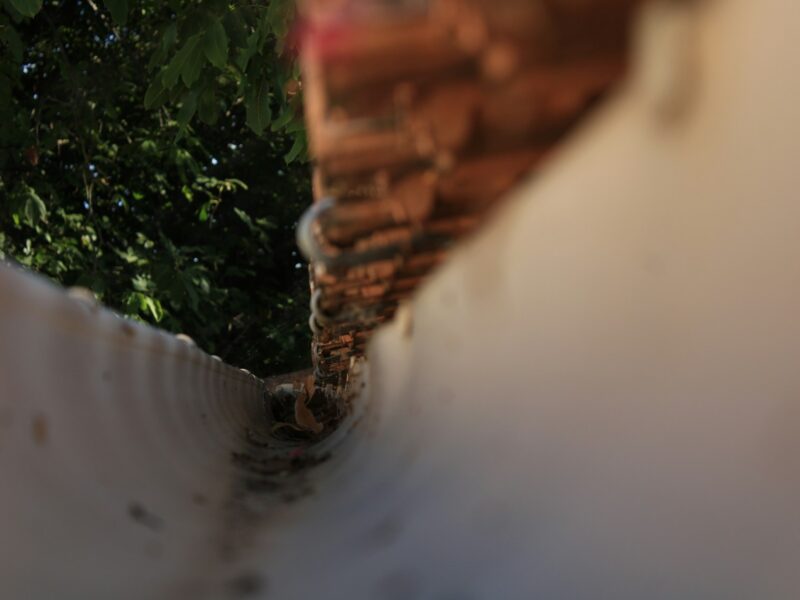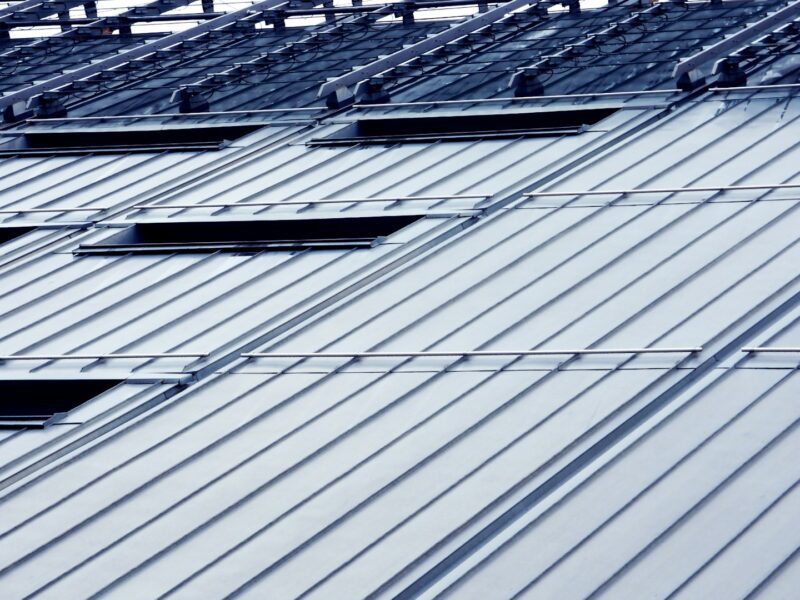Choosing the right type of paint for your home’s exterior can be a daunting task. Research can make the process easier with many colors, finishes, and substrates.
The best exterior paints hold well under all weather conditions and keep moisture out. They also resist mold and mildew growth.
Contents
Color
The paint color you choose for your home’s exterior will significantly affect its appearance. It will also affect certain features’ size and visual impacts, such as windows or porches.
Choosing the right type of paint is a crucial part of any renovation project, and it’s essential for your exterior because it can protect your most significant investment and increase the value of your home. In addition, many different types of paint can give your home a fresh look while staying within your budget.
Before choosing an exterior paint color, consider the age of your home and whether it will be a permanent fixture or just a quick remodel. You’ll want to choose a color that honors the history of your home while being attractive to potential buyers.
You can also find colors that coordinate with existing elements on your property, such as shingles and brick or stonework, that will add to its overall appeal. This will save you money in the long run because it’s easier and cheaper to make your current materials last longer than to replace them all at once.
If you need help deciding what color to choose, a professional in exterior painting services can help you. They will be able to show you swatches of various exterior paint options and guide you through the selection process. They will also be able to give you expert advice on which colors are best for your specific home and region.
Substrate
Several considerations must be considered when selecting paint for the outside of your home. A solid rule of thumb is to choose a paint made for your particular substrate and the environmental factors you anticipate the paint will encounter over time.
For instance, you should consider whether your house is in a climate that experiences extreme temperature variations and how much humidity it receives. If your chosen paint isn’t suited for your area, it could fade prematurely or cause serious problems such as mold growth.
Another important consideration is the finish you want to achieve. A high-gloss paint reflects sunlight and makes your siding look brighter than a flat (matte) paint. However, it will highlight any surface imperfections and be more challenging to clean.
A less glossy paint, on the other hand, will hide bumps and flaws and will be easier to clean. It will also be more durable and resistant to moisture.
In addition, if your siding is made from fiber cement, you can fortify it with an exterior acrylic masonry primer to make it mildew-resistant and efflorescence-resistant. But be sure to sand the substrate before applying primer.
Finish
Remember a few things when selecting the ideal paint for the outside of your house. These considerations include the surface you’ll be painting, the season, and how you want the final result to convey your style.
The finish of your paint will affect how it looks and how easy it is to clean. The right type of finish will also help your paint last longer.
High-gloss finishes can withstand repeated cleaning, which is excellent for homes with a lot of traffic. However, they tend to attract dirt and dust quickly and are more challenging to maintain than other finishes.
If you’re looking for a durable, easy-to-clean finish, satin or eggshell paint is the way to go. These paints have a sheen reflecting light, making colors pop and accenting architectural details.
This paint is trendy for wood and cement siding and offers more durability than flat paint. It also hides small imperfections, like divots in older wood or stucco. It’s also durable enough to withstand power washing and seasonal rain or snow.
Weather
Selecting the appropriate paint is crucial to maintain the appeal of your property. The finest paints are resilient to severe weather, long-lasting, and durable. They also offer a low-maintenance surface, resistance to dampness and wood damage, and great aesthetic appeal.
You should select exterior paint for your home that is rated for the climate where you reside. Those who live in colder areas should use certain low-temperature paints that are made to withstand ice and snow.
Another option is to choose an oil-based paint. Oil-based paints are generally very rain resistant and easy to clean, but they are less durable than good-quality latex or acrylic-based paint.
It is also essential to choose a paint that can withstand sunlight, which causes colors to fade. Some stains have special UV protectants that keep them from fading. The quality of the pigment can also be an essential factor in determining whether or not a color will fade over time. For example, some premium paints contain titanium dioxide to prevent fading of dark shades.



